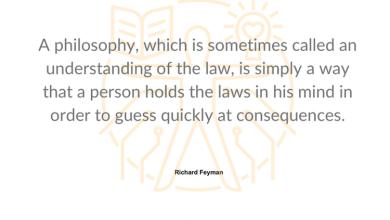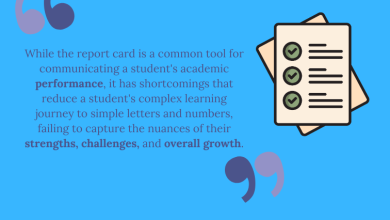Ways To Quiet a Noisy Elementary Classroom – TeachThought

‘Noise’ is part of learning in an elementary classroom.
This is especially true when students transition from movement to seated work or shift between collaborative and independent tasks.
The goal is not silence. The goal is being able to bring everyone together quickly and calmly so learning stays on track.
Teach one routine at a time, practice when students are already calm, and use consistent language so signals feel predictable and safe.
Choose a single attention cue and make it the default. Students should know exactly what to do the moment they see or hear it.
Introduce the signal during a calm moment: “When you see this, freeze, quiet body, eyes on me.” Practice twice, then use it in real transitions.
A finger countdown gives a clear, silent boundary and supports students who need extra processing time.
Hold up five fingers and lower one per second. Students mirror your hand. Begin speaking only at zero.
A short, familiar prompt creates a shared rhythm that cuts through chatter without volume.
“Ready to learn?” Students: “Ready to learn.” Keep it brief and consistent so it stays a cue, not a chant.
Simple claps or a soft tune help students shift gears together.
Clap a short pattern, then pause. Students know attention is expected at the pause, not mid-pattern.
Visual anchors let students respond quickly without extra language.
Hold up a quiet card or switch on a lamp. Teach, “When you see this, voices off and eyes on me.”
The same short phrase builds a shared routine and reduces repeated reminders.
Use “Freeze. Quiet body. Eyes on me.” Post it, model it, and use the same words every day.
Rehearsal during low-noise times makes the routine feel normal instead of corrective.
After a read-aloud, say, “Let’s practice our reset.” Run the signal, praise quick responses, move on.
Moving closer to chatter communicates expectations without adding more talk.
Walk to the talk-heavy table, pause, make eye contact, then return to your signal spot and begin.
Neutral acknowledgement reinforces the behavior you want without calling others out.
“I see table two ready. Thank you.” Name the behavior, not the student, to keep tone even.
Framing attention as community care builds responsibility, not compliance.
“We quiet our voices so everyone can hear and take part.” Repeat the why in the same simple words.
A consistent teacher position signals a transition without extra words.
Choose a “signal spot.” Stand still, raise your hand, wait. Stillness communicates the reset.
A brief countdown turns the transition into a clear, time-bound task.
Project a five-second timer. Stay silent while it runs. At zero: “Thank you for being ready.”
Short, predictable movement helps students settle attention without derailing momentum.
“Stand, stretch, one deep breath, sit.” Keep it under fifteen seconds so it remains a reset, not an activity.
Quiet gestures reduce verbal load and speed up transitions.
Raise hand for attention, fingers for countdown, point to eyes for focus. Teach and practice the meanings.
A simple green-yellow-red visual shows the current expectation without talking.
Move to yellow before red to give students a fair warning. Keep it visible from all seats.
A single, consistent sound can signal pause and eyes up.
Use one gentle chime. Wait for quiet. Speak only once you have attention. Avoid repeated ringing.
Lowering your voice invites students to lower theirs to hear you.
Begin the first sentence in a whisper from the signal spot. Students quiet to catch the words.
Enlist a few students to model the reset from their tables.
Invite privately: “When I signal, model eyes up and quiet body.” Rotate so leadership is shared.
Posting the steps makes expectations visible and consistent.
Create a small chart: “Signal → Freeze → Quiet body → Eyes on teacher.” Refer to it during practice.




